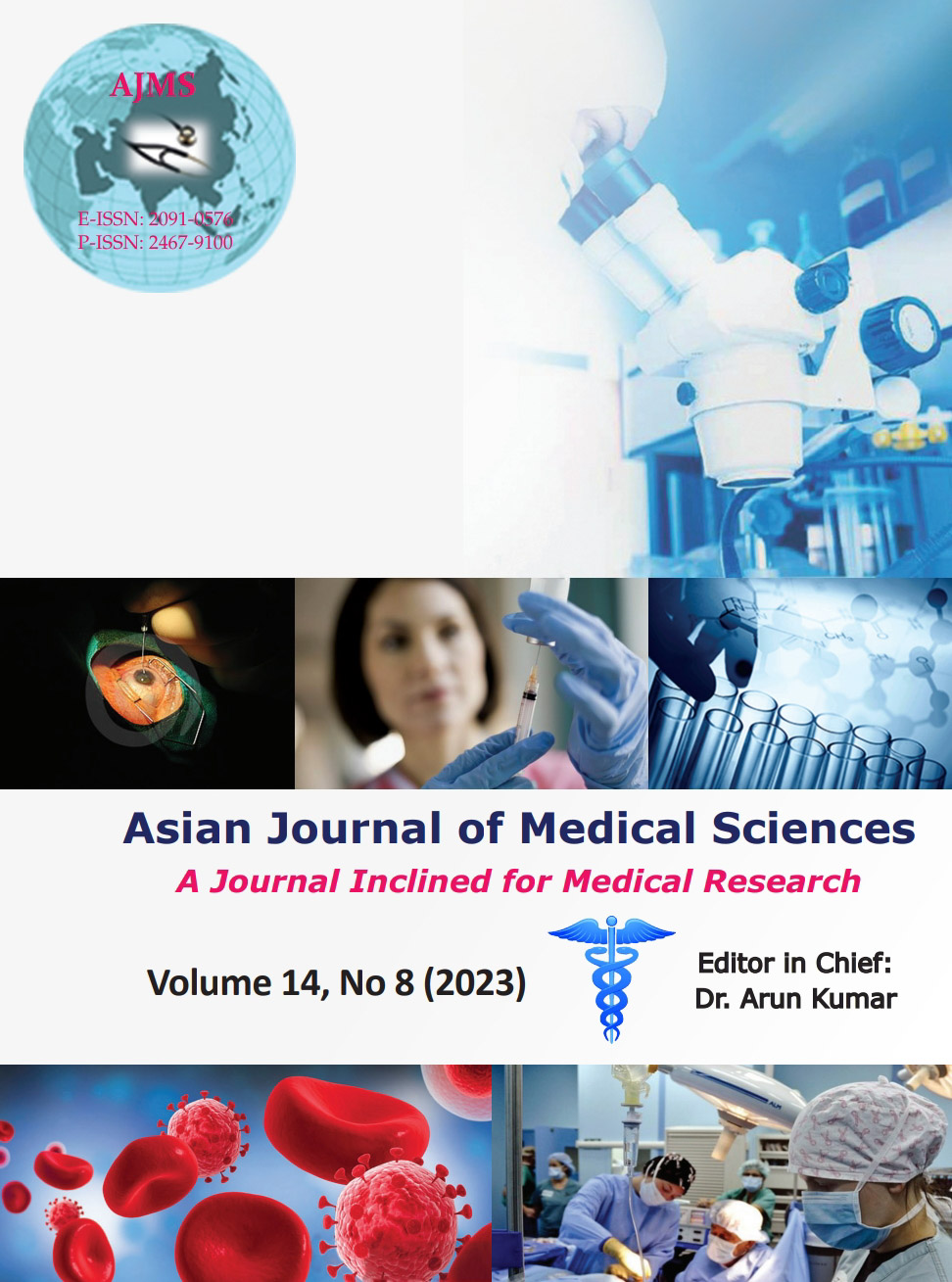A study on the efficacy of microneedling with minoxidil solution versus microneedling with hair multivitamin solution for the treatment of androgenetic alopecia
Keywords:
Androgenetic alopecia; Dermaroller; Hair regrowth; MicroneedlingAbstract
Background: Androgenetic alopecia (AA) is one of the common cosmetic concerns. It affects more than 50% of adults. AA alopecia is a benign condition and it affects the psychology of patients. Microneedling (MN) – minimally invasive procedure. Minoxidil is an antihypertensive and causes vasodilation.
Aims and Objectives: The present study was aimed to compare the efficacy of MN with minoxidil solution versus MN with hair multivitamin solution of male androgenetic alopecia.
Materials and Methods: The study was conducted in the Department of Dermatology, Akash Institute of Medical Sciences and Research Centre, Devanahalli, Bengaluru, Karnataka, India. After following inclusion and exclusion criteria, 50 subjects were involved. Subjects were divided into two groups, 25 in each group. Group I, MN with dermaroller having needle length of 1.5 mm was done and minoxidil solution was applied over the scalp and the again MN was done. Group II, MN was done and hair multivitamin solution was used. MN was done for every 3 weeks and a total of nine sessions were done. From the last session, all the study subjects were followed for 6 months. Baseline investigations were done. Side effects such as pain, bruising, and folliculitis were recorded and monitored. Response of the patients to the treatment (hair growth) was assessed by physician global assessment scores. Visual analog scale score was done to assess the subjective improvement of the patients.
Results: In this study, 50 male androgenetic alopecia patients were involved. In this, 21 (42%) were in the age group of 20–40 years and 29 (58%) were in the 41–60 years of age group. In Group I, excellent response was seen in 19 (76%), very good response in 4 (16%), good response in 2 (8%) patients, and none of the patients showed average response. In Group II, excellent response was seen in 10 (40%), very good response in 4 (16%), good response in 6 (24%) patients, and average response in 5 (20%). Following side effects were observed in the study subjects, pain in 6 (24%), bruising 4 (16%), and folliculitis 2 (8%).
Conclusion: MN is safe and cost-effective procedure, which causes stimulation of hair follicles and improves hair growth.
Downloads
Downloads
Published
How to Cite
Issue
Section
License
Copyright (c) 2023 Asian Journal of Medical Sciences

This work is licensed under a Creative Commons Attribution-NonCommercial 4.0 International License.
Authors who publish with this journal agree to the following terms:
- The journal holds copyright and publishes the work under a Creative Commons CC-BY-NC license that permits use, distribution and reprduction in any medium, provided the original work is properly cited and is not used for commercial purposes. The journal should be recognised as the original publisher of this work.
- Authors are able to enter into separate, additional contractual arrangements for the non-exclusive distribution of the journal's published version of the work (e.g., post it to an institutional repository or publish it in a book), with an acknowledgement of its initial publication in this journal.
- Authors are permitted and encouraged to post their work online (e.g., in institutional repositories or on their website) prior to and during the submission process, as it can lead to productive exchanges, as well as earlier and greater citation of published work (See The Effect of Open Access).




